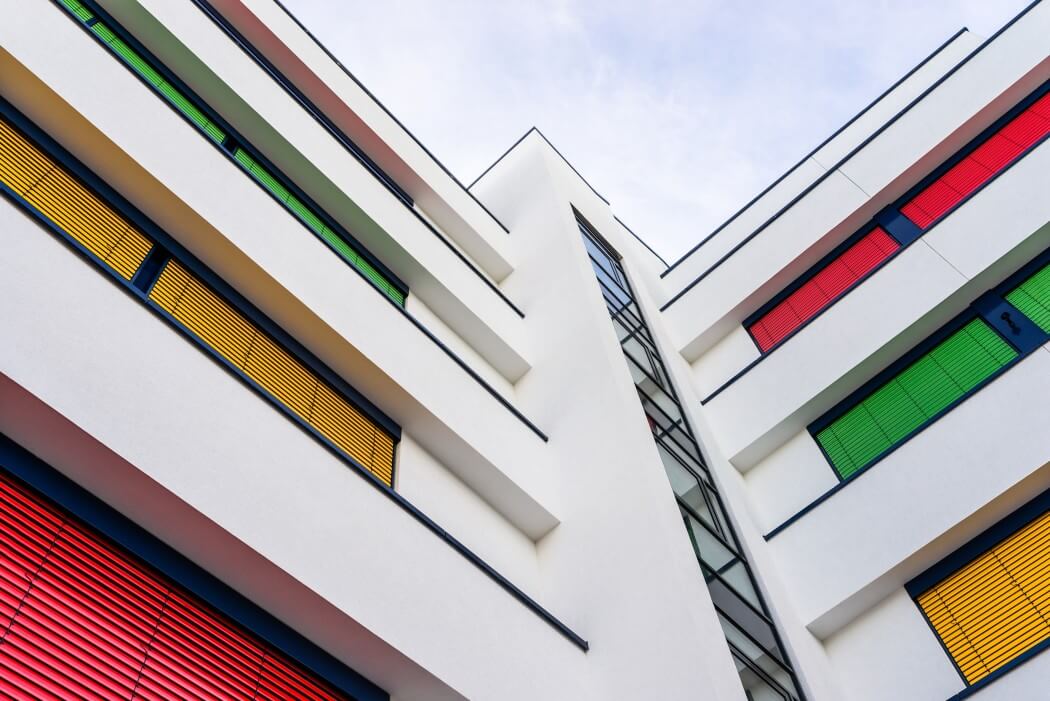Stucco is a concrete made of lime, sand, and water. It has the same properties of concrete—it can bear a load, hold paint, and be installed like a drywall—but it also has a distinct stucco finish.
This finish gets its name from the way the stucco is applied—in large, smooth and even sheets. It’s a good finish for a variety of surfaces, like a basement wall or a wall that’s going to be covered in drywall. Stucco can also be painted, just like drywall.
Step 1: Understand the Process
Stucco is a mixture of lime and sand, which are then applied to a substrate, or wall. The stucco dries, then gets chipped away, leaving a smooth finish. It’s a great finish for a variety of surfaces because it’s much more decorative than drywall. The finish also gives the stucco wall a look and feel similar to a brick wall.
Stucco can be applied to just about any wall. It’s also suitable for ceilings, so it makes a good finish for a basement. If you’re looking to install stucco on a wood wall, you can do so, but be sure you purchase a special wood sealer.
Step 2: Prepare the Surfaces
Before applying stucco, you’ll need to prepare the surface. This is a great time to prep the wall so you can make sure the stucco will stick. You’ll need to remove any loose or flaky paint, dirt, or other surface material.
You will also want to make sure there are no nails, screws, or staples sticking up. If there are, you’ll need to scrape them off.
Step 3: Apply the Stucco
Once the surface is prepared, you can begin applying the stucco. You can do this with a trowel, which is a flat paddle with a scoop at the end. It’s best to start in the center of the wall and work your way out.
You can also start by applying the stucco in smaller, 1/4- to 1/2-inch layers, then apply larger, 2-inch layers on top of the smaller layers. This is because the stucco won’t stick to the substrate until it’s dry.
Step 4: Let the Stucco Dry
Stucco can take up to 3 days to dry, but it will usually dry in 1-2 days. If you want to speed the process up, you can dry the stucco in a garage, attic, or other dry, warm location.
Once the stucco is dry, you can paint it. You can also apply a waterproofing sealer to keep moisture from getting under the stucco.
Step 5: Seal the Stucco
Stucco is inherently waterproof, but you can still go one step further and seal the stucco.
You can do this easily with a good quality exterior latex paint. Just make sure to let the paint dry for at least 24 hours, and then sand the paint if it feels sticky.
You can also apply a sealer. These sealers are made to be applied to both interior and exterior surfaces. The advantage is that they’re usually made to be applied with a brush and leave a slight sheen.
Step 6: Clean the Stucco
After you apply a sealer or paint, you can remove the trowel marks.
You can do this by scrubbing the stucco with a wire brush and soap and water.
If the stucco is still sticky, you can scrub it with a stiff brush and a solution of water and vinegar.
Step 7: Retouch the Stucco
You can retouch the stucco when the final paint or sealer is dry.
You can do this by hand-picking off any loose or flaky paint or sealer.
You can also use a wire brush to remove the trowel marks.
Step 8: Repair Cracks and Fissures
If you find cracks or fissures in the stucco, you can repair them.
You can do this with a filler, which you can buy at any home center.
Step 9: Clean the Substrate
You should clean the substrate before applying the stucco. This will prevent the stucco from sticking to any dirt or debris.
You can do this by wiping the walls down with a solution of water and mild detergent.
You can also use a paint scraper with a stiff nylon bristle to remove any paint or flaky surface material.
Step 12: Apply a Stain
You can stain the stucco to give it a more uniform and professional look.
You can do this by applying a stain with a brush or a roller.
Be sure to let the stucco dry completely before the stain is applied.
Step 13: Apply Paint
You can use a paint roller to apply paint to the stucco.
You can also use a brush to apply a paint that’s specially made for stucco.
Paint will also help to seal the stucco, making it more waterproof and durable.



